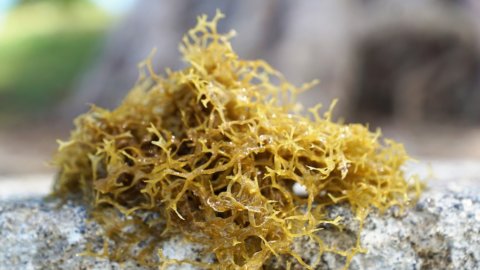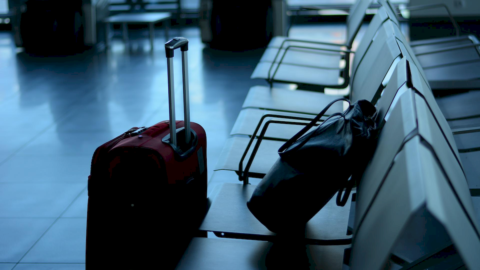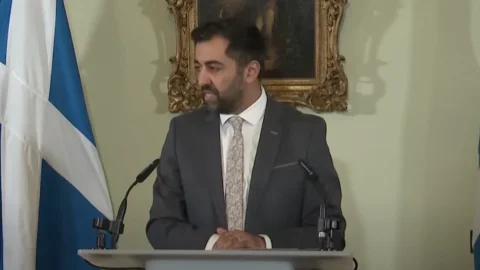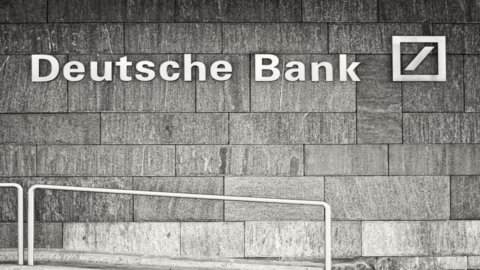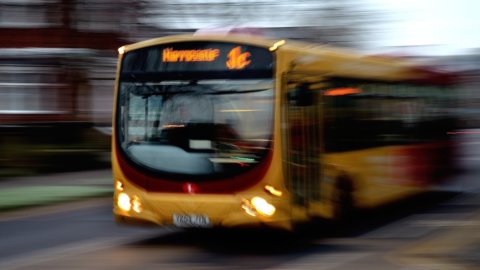also the seaweed they are part of the food of the future. A product with a great protein value, nutritional, tasty but above all planet: they do not require water or fertilizers and give shelter to many marine species. But what do we really know about this novel food? Slow Fish answered the question during the event organized in Genoa until July 4 by Slow Food and the Liguria Region to question the complexity of marine ecosystems.
In the appointment "Seaweed gardens or seaweed monocultures? If seaweed becomes the new cornfields…”, collectors from all over the world discussed the environmental, economic and social value of this precious resource, condemning unsustainable farming systems as a threat to the ecosystem, while showing the possibility of a seaweed industry “ right” from a socio-ecological point of view.
There are many variety of seaweed in the world, between 30 thousand and 1 million, but many of these are unknown to us. They differ in colour, taste and consistency but all together they are essential for life in the abyss and, at the same time, they produce oxygen as a by-product of chlorophyll photosynthesis. According to some estimates, algae absorb about a third of atmospheric carbon dioxide and are one of the most productive ecosystems in the world capable of surviving extreme environments.
Currently, the cultivated ones yield about 6 billion dollars globally, with very high growth prospects every year. Leading the ranking are China and Indonesia where labor is very cheap, while the USA and Europe are trying to close the gap.
But is the cultivation of algae a solution to the many environmental and food problems or just a new social problem? According to the World Bank the cultivation of approx 500 thousand tons of algae would consume 135 million tons of carbon, or 3,2% of the quantity absorbed by the sea due to greenhouse gas emissions.
However, the effects of the introduction of "alien" species into our seas cannot always be foreseen. According to some studies, there have been cases of ecosystem destruction together with the deprivation of socio-economic opportunities for the entire fishing industry which, on the other hand, owes its survival to those marine ecosystems.
After all, it is always a question of aquaculture, a technique discredited by environmentalists. On the subject the American expert Paul Molyneaux he stated that “the only real economic growth is the one that allows the environment, ecosystems and natural resources in general to thrive. And aghiculture does not guarantee all of this”.
It depends on the type of approach according to the wild algae harvester Amanda Swinimer, founder of Dakini Tidal Wilds on Vancouver Island. Hers, unlike others, is based on a healthier relationship between the sea and human beings.
“For the first few years after starting my business, Dakini Tidal Wilds, in 2003, I sold my seaweed to health food stores and only one restaurant, specializing in raw food and vegan cuisine,” Canadian Amanda Swinimer said during a interview -. My clientele at the time were mainly people interested in the enormous health benefits of this food. Little known in the West, seaweed unfortunately enjoyed a reputation for being 'strange and fishy-tasting'. But around 2014 that reputation started to transform from weird to wonderful. I was thrilled that they were becoming recognized not only for their health and nutritional properties, but also appreciated for their unique umami. I attribute this wonderful achievement in large part to the incredible talent of many of the chefs who are doing pioneering work today."
Also present at the event Antonio Labriola ofSlow Food Chefs Alliance. For his region he proposes an ancient recipe made with "mischiglio", i.e. a mix of flours recovered from the farmers in the mills and enriched with leftover legumes, chickpeas, lentils and grass peas flours. All embellished with spirulina which gives the dish a good scent of the sea and a great protein intake. With the mischiglio, Labriola also makes traditional pasta (cavatelli and ferricelli) which, according to the Slow Fish audience, is seasoned with good fish from the Lucanian fishing communities and with cruschi peppers, ingredients that perfectly represent the synergy between sea and land.
And the seaweed? Labriola buys them at the fish market if he is in Turin, while in Basilicata he personally collects seaweed and wild marine plants, such as salicornia (or sea asparagus) and sea fennel.

